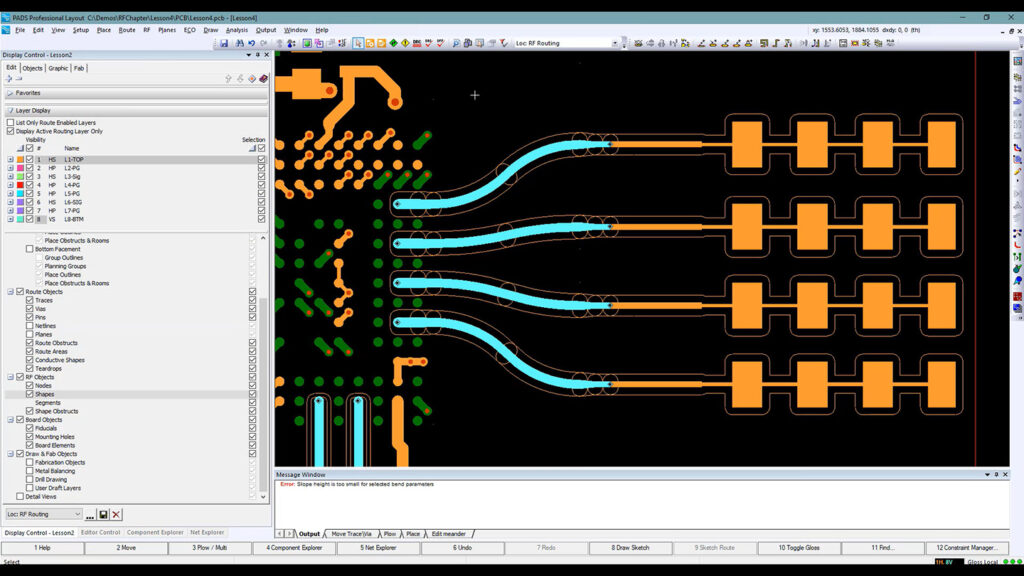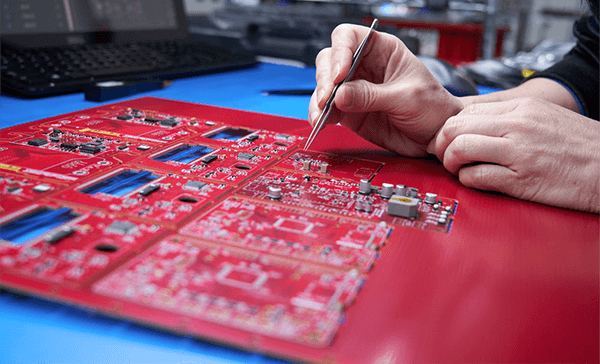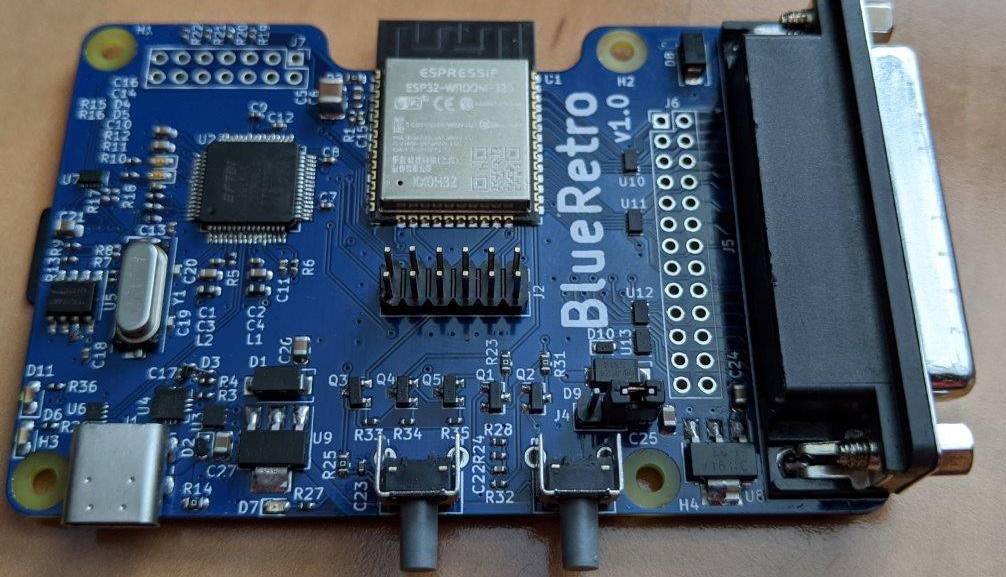The electronics systems development journey traversing from concept to mass production involves substantial complexity across hardware and software domains requiring tight integration. While analytical modeling and simulations can validate certain aspects upfront, physical prototypes enable completely exercising system performance, usability factors and manufacturability considerably lowering downstream risks across this progression path ultimately saving enormous costs. This article examines key reasons warranting engineering prototype iterations during electronics product realization along dimensions of functionality confirmation, design refinement and process improvements.
Verifying Product Functionality
However exhaustive analysis modeling strives to be, until representative prototypes manifest, critical aspects around delivered functionality remain uncertain. Prototypes afford concrete validation in realistic operating conditions rather than theoretical assumptions. Let’s investigate key areas gained.
Testing Capability Scope
- Exercising use case performance from minimum to maximum supported configurations verifies achievement of marketed capabilities substantiating product segments targeted. Deviations necessitate design changes or positioning adjustments clarifying scope.
- Human centered testing uncovers usability issues around interfaces or ergonomics. Product experience optimization occurs iteratively.
Validation Under Operating Conditions
- Environmental variables like temperature, humidity and mechanical shocks greatly impact electronics but difficult to accurately emulate during modeling. Prototypes enable qualification testing methodologies assessing robustness to stresses representing field operation. Deficiencies detected help enhance reliability.
- Immunity against electromagnetic interferences or emission containment also becomes quantifiable only from measurements of functioning prototypes adjusted to meet global standards like CE or FCC.
- Analyzing failure modes through techniques like HALT quantifying acceleration factors proves highly useful forecasting expected product lifetimes under utilization in the field. Redesign of vulnerable subsystems gets data driven.
Confirming System Integration
- Complex electronics invariably have interdependencies involving tightly coupled hardware constituting digital logic, analog/RF and power distribution interacting with elaborate software protocol stacks sensing environmental stimuli making analytical verification intractable.
- Incrementally validated subsystems through prototypes ultimately get combined into bigger platform prototypes representative of final product configurations for qualification against metrics like boot times, latency, Thermal dissipations, safety response etc difficult to decompose but crucial before launch commitments.
Prototype iterations transform reliability from probabilistic inferences into empirically grounded engineering confidence minimizing launch surprises.
Design Iterations and Refinement

Beyond functionality validation, prototypes facilitate quantitative feedback into improving aspects like manufacturability, serviceability, cost optimization representing additional dimensions eventually constituting a holistic customer experience.
Design for Manufacturing
- Assessment of manufacturing process performance against prototypes reveals assembly steps needing improvement for both efficiency and yield management goals. This spans surface mount, thru-hole soldering, press fits, adhesion etc.
- Critical factors like placement repeatability metrics, alloy fillet profiles, adhesive dispense consistency and curing effectiveness become characterizable from prototypes feeding back optimal specifications.
- Modeling alone cannot account for statistical variability intrinsic to high volume assembly environments exposed analyzing prototype builds. Risks elements get eliminated continuously through each iteration.
Design for Usability
- Crafting product experiences balancing functional priorities and emotional connections vital for differentiation relies tremendously on user testing feedback from prototypes. Quantitative survey metrics get supplemented by qualitative observations molding ergonomics and interfaces.
- Design aesthetics also undergo refinement reacting to focus group reactions assessing elements like stylistic sophistication, visual harmony, premium touch cues and perceptual mass. These intrinsically remain subjective without prototype iterations.
Design for Serviceability
- Smoothing product maintenance and upgrades long term post deployment depends greatly on service teams inputs examining constructed prototypes early while changes remain easier.
- Accessibility of often serviced assemblies requiring cleaning or replacement components ranks among top considerations influenced only physical mockups. Zone labeling, part modularization, harnessing and repair documentation quality progressively upgrade via such reviews.
- Analysis of disassembled prototypes also permits rationalization of fastener schemes, welding avoidance, specialty tool needs etc optimizing service costs not feasible otherwise.
In totality, prototypes drive extensive product optimizations based on tangible representations throughout development incapable through paper designs alone. The costs savings manifesting as capabilities validated, risks retired and experiences polished before production tooling and market launch amount to several orders higher returns relative to the prototyping investments.
Process and Material Assessments
Electronics hardware demands amalgamation of varied technologies from ICs, magnetics, radio frequencies, photonics and substrates posing immense materials and process interoperability challenges magnified tremendously in high volume manufacturing environments. Evaluating these variables via prototypes proves mandatory.
Process Capability Analysis
- Product realization depends critically on producing repeatable constructs reflecting designs reliably over millions of cycles. Process capability quantifies production consistency and tolerance dispersions across assembly steps like soldering, dispensing, plating, dicing and finishing steps against hand built prototypes assumed reflecting golden units.
- Corrective measures upgrading machinery precision, fixturing enhancements and operator training get data driven observing gaps to statistical quality benchmarks minimizing latent defects. Similar analytics on supplied components also help component engineering efforts.
- Modeling process capabilities depend heavily on destructive testing revealing corner case workmanship coverage, unmodeled failure mechanisms and material interactions concealed pre-production.
Material Characterization
- Electronics operate amidst complex Physics spanning electrical, magnetic, thermal and mechanical domains interfacing together making material property assumptions risky. Measurement data from prototypes exposes inaccuracies.
- Especially significant for custom magnetics, encapsulants, composites and metal mixes designed meeting exacting thermal, electrical and mechanical specs using prototypes confirms design validity or unearths back to the drawing board reworks.
- Environmental reliability factors also benefit greatly from accelerated aging on prototypes assessing margin shortfalls on aspects like solder crack resistance, corrosion immunity or outgassing tendencies adjusted through materials reformulation.
Prototypes hence transform electronics from theoretically modeled conceptual realms into physically qualified systems engineered maximizing user value.
Reducing Downstream Risks

Saving the biggest for last, exposing uncertainties using prototypes well in advance of finished goods mitigates the tremendous latent downstream risks electronics companies face today given large complex developments and low tolerance markets. Let’s investigate how prototypes help.
Customer Validation
- Demonstrating system performance and industrial design intent via prototypes garners timely product positioning and pricing signals from target segments invaluable for product managers balancing feature sets and managing development expectations.
- Early visibility also facilitates co-development partnerships around complementary ecosystem products better aligning go-to-market timelines benefiting all constituents.
- Exposure to production intent prototypes additionally inspires internal sales/marketing staff accelerating collateral developments besides creating external evangelists and advocates.
Supply Readiness
- Responsible launching products require assessing supply chain preparedness exposure to potential constraints early seeking alternate contingencies since manufacturing scale-up delays spell disastrous cost implications making prototypes invaluable proving grounds.
- Technology migrations to assess readiness among vendor ecosystems with risks of delays or lots failures also gets retirement opportunities from leverage prototypes rather than being day zero surprises.
Quality Assurance
- Institutional knowledge exists around the truism confirming how fixing issues early in development lifecycles proves exponentially cheaper than during mass production or post product release as warranty costs. Hence proactive failure analysis exercises on prototypes provides immense cost avoidance on downstream risks.
- Structural validation through shock, vibration and life testing performed on prototypes minimizes field failure surprises besides confirming modeling methodology efficacy in alignment with real world conditions.
In totality, iterative prototypes compound savings leveraging encapsulated learnings, quantitative maturity and operational wisdom ultimately reflected in positive commercial outcomes.
Additional Prototyping Values

Few other supplementary yet noteworthy merits exist from incorporating prototypes during design journeys:
Facilitates testing innovations: New unproven technologies carry integration risks eased through prototyping
Enables continuous integration: Parallel software development gets hardware platforms aiding version testing
Assists quality compliance: Helps collection of analytical and empirical data per certification needs
Supports supply agreements: Quantifies databook accuracy aiding contractual partnerships
Informs iterative costing: Validates material and process assumptions guiding data driven cost reduction analyses
Enables performance benchmarks: Productivity metrics get baselined supporting operational improvements monitoring plus optimization
Thus multiple organizational facets derive observations furthering improvements at a systemic level beyond individual product benefits discussed earlier.
Conclusion
In summary, industrialization processes transitioning electronics from concepts to household brands depend profoundly on evidence backed confidence built through rigorous prototyping exercises affordable today thanks to outsourcing infrastructure investments available. When used judiciously balancing discovery needs against cost and timing drivers, prototypes multiply savings recognizing issues early containing downstream risks that otherwise frequently torpedo projects despite best efforts otherwise. deprecation curves warrant planning upfront allocations. Viewed through total cost lenses, quality oriented prototyping fosters optimized outcomes benefiting customers and businesses collectively. Hope design teams incorporate guidance provided here tailoring needs.
Frequently Asked Questions
Q: What typically constitutes an electronics product prototype?
A: Can range from 3D printed chassis holding interface electronics to completely functional units just short of aesthetics or optimised materials awaiting validation before finishing.
Q: When should prototyping commence in a project plan?
A: In parallel ASAP once functional subsystems get specifications but before detailed optimizations or scale integration perfections delaying feedback.
Q: What merits paper based prototypes earlier?
A: Quick low resolutions mimics facilitate some visual conception testing before engineering builds feasible clarifying fundamental architecture choices.





